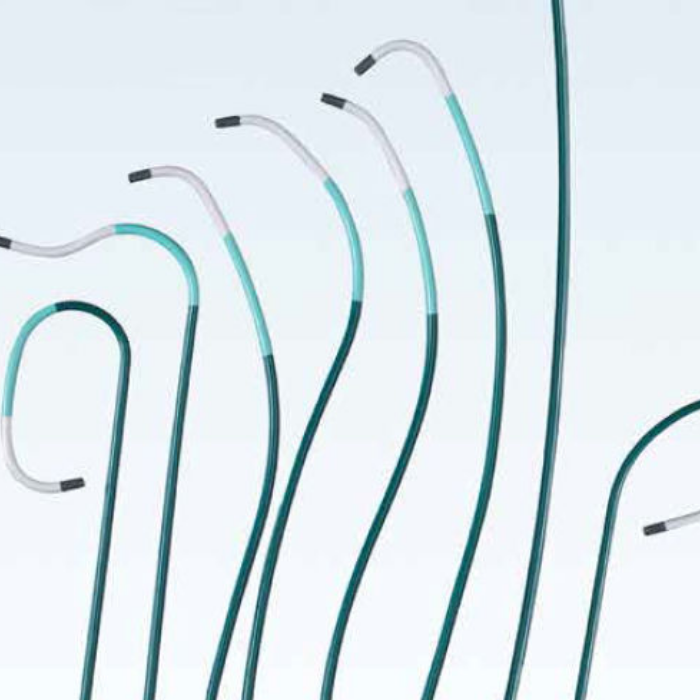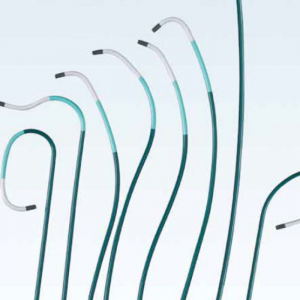
How to replace guide catheter for smooth urine system?
21 September 21
Guide catheter replacement
the first change of guide catheter should be made within 4-6 weeks. After assessment of stone deposition on the catheter. And in the urine and after evaluation of the patient’s feeling of discomfort, the time to the next change is decided.
See also the manufacturer’s instructions for the longest service life. Read the article completely to have a complete overview on
Guide catheter replacement
Guide catheter replacement in conjunction with antibiotics shortens the time to symptom relief and prolongs the time to new bacterial invasion. Catheter replacement in connection with antibiotics is likely to be part of the fight against the development of resistance [19].
Advantages of guide catheter replacement
To make sure that the new catheter is in the right position, it is an advantage if the bladder has a content.
- If the urine is clear, the catheter is easy to close well before replacement.
- In case of cloudy urine, rinse the bladder with sterile sodium chloride 9 mg / mL until the fluid is clear.
- Moreover, then fill the bladder with sterile sodium chloride 9 mg / mL through the old catheter
- Also, stop filling when the patient feels bladder filling or at a maximum of 400 mL
- Lastly, if the patient is unconscious or lacks feeling, special care is taken.
When to stop guide catheter procedure
Guide catheter treatment should be stopped as soon as possible due to the risks of infection, stone formation, discomfort, and tissue damage. For a patient who has had a catheter for a long time, however, it can feel unsafe to get started with your own bladder emptying
A compilation of studies of different methods has not given an answer as to which method is best. There is also uncertainty about the bladder emptying function after catheter removal.
Alternative methods for the guide catheter
Alternative methods of terminating treatment with residual catheter
- Remove the catheter as soon as possible after the decision to end the treatment.
- Close the catheter for a couple of hours before removing it.
- Also, remove the catheter at midnight after emptying the bladder.
- However, consider the risk of falls and disturbed night sleep.
- Lastly, if a catheter needs to be reinserted, it usually takes place during the day.
Guide catheter removal
Materials for the guide catheter
- Firstly, hygiene pads.
- Second, round bowl, clean.
- Also, syringe, 10 mL
Preparations
Check in the patient’s medical record how much volume the catheter balloon has been filled with. No period of intermittent emptying, “bladder training” needs to precede termination of catheter treatment.
Procedure for the guide catheter
- First, place the sanitary pad under the patient or as protection for the clothes.
- Second, place the round bowl on the hygiene mat in the guide catheter
- Empty the catheter balloon of its contents with the syringe.
- Moreover, note that the volume of the catheter balloon may have changed to more or less than it was filled with.
- Gently pull out the catheter while the patient slowly exhales, reducing tension in the pelvic region.
- Inspect the catheter.
What do you do with a common bag?
Empty the collection bag and wrap it in a newspaper or put it in a plastic bag before putting it in the trash. Do not burn the bag on an open flame.
How to store catheters and bags?
It is important that spare guide catheters and collection bags are stored in the original packaging in a dry place with normal room temperature. Avoid storing catheters in direct sunlight.
Is personal hygiene important?
Follow these simple tips regarding personal hygiene:
Wash the penis/abdomen around the point where the catheter enters the urethra with mild soap and warm water every day. Dry the skin thoroughly. Feel free to pat dry to reduce the risk of irritation around exposed areas. Never use talcum or creams.
It is important that men wash thoroughly under the foreskin and that both men and women wash around the anus so that bacteria in the catheter’s environment remove.
What should you drink after the guide catheter?
For the guide catheter to be flushed properly, you must drink at least 1.5-2 litres of fluid a day, e.g., water or juice. Coffee and tea have a diuretic effect and are an excellent complement.
What should you eat?
Ordinary food is excellent, but try to eat a lot of fresh fruit, vegetables, and a high-fibre diet so that you do not get constipated. If the bowel becomes full, it can squeeze the catheter and impede urine flow. Talk to your doctor or district nurse if you have such problems.
- Firstly, cohabitation with catheter
- Secondly, consult your doctor.
- Thirdly, possible problems
Problems faced in the guide catheter
When you start using a catheter, you often experience the following problems:
- Urgence (the bladder is a little irritated).
- Spasms or cramps in the bladder due to guide catheter
- Moreover, these problems usually go away within a few days and are nothing to worry about.
- Urine leakage around the catheter due to bladder spasms.
- Also, this is not an acute problem if urine flows through the guide catheteras well.
- But you should inform the district nurse during the opening hours of the health centre
Measures for guide catheter proper working
If urine does not flow through the catheter, you can take the following steps:
- Check that the catheter has not been kinked or pinched
- If you use a bag, make sure it is located below the level of the bladder
- Moreover, also check that you have connected the bag with the right side up
- In addition, if you use a catheter valve, make sure it is open
- Be sure to drink enough fluids
- Above all, you may be constipated. In that case, you need to eat a more high-fibre diet
When to seek help for a guide catheter?
Contact the health centre during the day or call the hospital’s emergency department at night:
- Firstly, if you have persistent pain in using a guide catheter
- Secondly, if no urine has passed through the catheter in 2-3 hours.
- If there is blood in the urine and this does not disappear when you drink extra fluid.
- If the urine is cloudy, smells bad or feels like it is burning and this does not disappear when you drink extra fluid.
- Moreover, if you get a fever and/or chills.
- Lastly, if urine continues to leak around the catheter.


